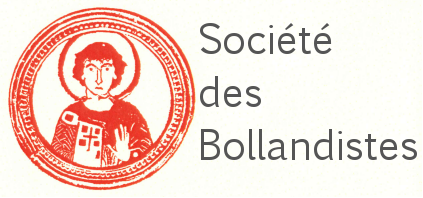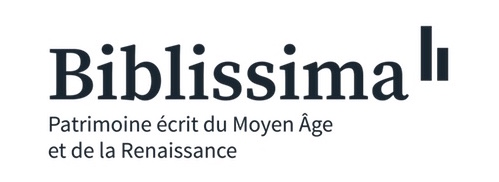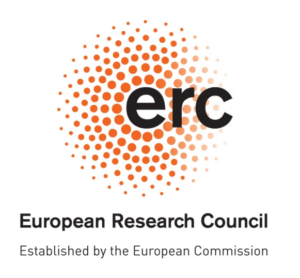Pinakes | Πίνακες
Textes et manuscrits grecs
Résumé :
Abstract: The Roman and Byzantine heritage provided a background for art in Italy from the time of Justinian until the Renaissance. Mosaics in Norman Palermo and medieval Venice served as hallmarks of polities striving to advertise their imperial pedigrees, while reliquaries and diplomatic gifts adorned in the Byzantine techniques of enamel and encrustation offered a link with venerated traditions. Later stylistic borrowings from Byzantium (known as maniera greca) marked Italian religious imagery. Byzantine art was also a major source in Crusader art as well as in Cyprus, which was a Byzantine province with close ties to Constantinople. In the Holy Land and medieval Greece the Byzantine past remained active in both architecture—secular and religious—as well as in painting.| Villes | Dépôts | Fonds | Cotes | Type | Commentaire | Tome | Pages |
|---|---|---|---|---|---|---|---|
| London | British Library (BL) | Cotton | Otho B VI | 221 | |||
| Città del Vaticano | Biblioteca Apostolica Vaticana (BAV) | Pal. gr. | 431 | 226 |







